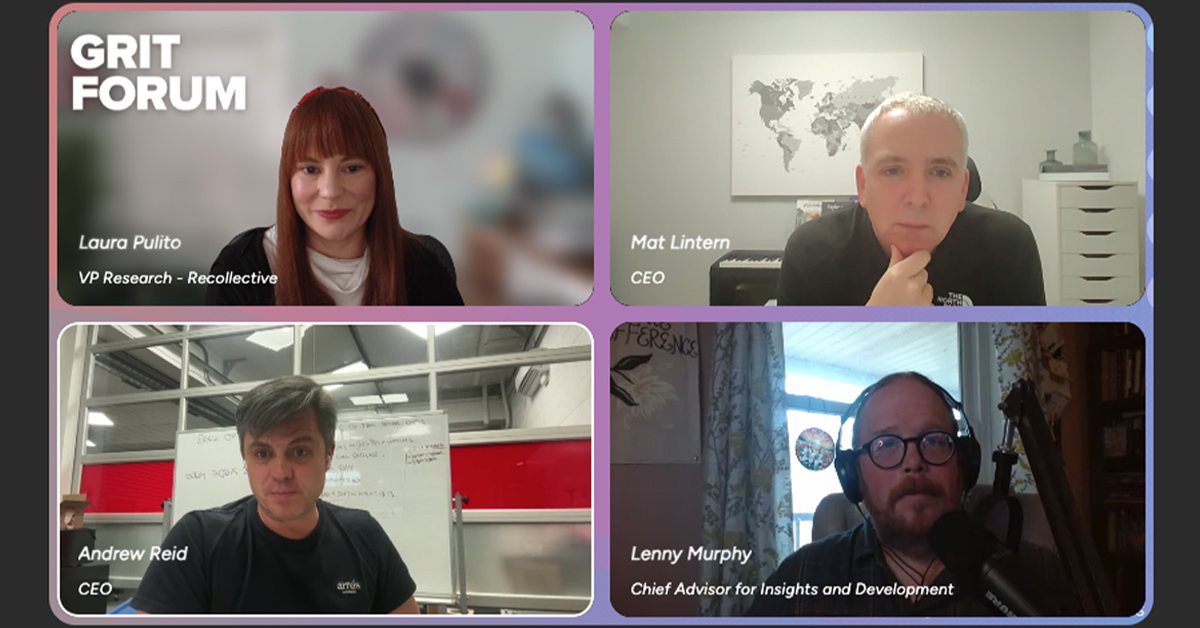It’s December! The days are shorter, the weather is colder and we’re beginning to look forward to the holidays! December is also a good time to reflect on what has happened in the past year and to plan ahead for the new year. In 2012, the marketing research industry buzz about online communities continued. As commented in the Spring 2012 GreenBook Industry Trends (GRIT) report, “. . . Online Communities are already mainstream”. While that may be true, the technology to power an online community for insights might not yet be in your toolkit. In this post, I’m going to share what one of our clients learned about online communities in their first foray earlier this year. In the summer, Ramius partnered with a market research agency and their client, a major grocery retailer. The client was interested to experiment with online communities to understand what the method could bring to their research needs. Since the agency had many years of experience moderating focus groups and online discussions, we collaborated to combine Ramius’ Recollective offering with their expertise to meet the client’s objectives. The project chosen by the grocer was to understand the big-box store phenomenon: why and how consumers shop there. It involved a national survey of consumers followed by focus groups into which a three-week online research community was incorporated to discern new insights. It meant that the client and agency could compare and contrast their online experience to the traditional focus group method. Some interesting findings came from the project. Communities afford opportunities for wider exploration of issues In contrast to traditional qualitative research techniques, in an online community you can expect to be less time constrained and respondents aren’t so limited for how they can contribute. For example, a participant could start their own online discussion thread and get right to the heart of what matters to them rather than wait for the focus group moderator to direct a question to her. In this project, the researchers had a full 3 weeks to delve deeply into responses and discussions to meet the client’s brief, yielding rich data and allowing for more complex analysis. Variety leads to better engagement The Recollective platform has a bulletin board function for moderator and/or participant-led discussion. As well, Recollective provides an engine to deliver structured research activities including diaries, mystery shopping, brainstorming, rankings, card sorts and open-ended text and photos. We found that by presenting a variety of activities, the degree to which participants are engaged in the community increases; participants will at least complete those activities well-suited to their abilities, interests and time. For example, in the mystery shopping exercise, some participants favored video responses - one participant even filmed an interaction with the mystery shopped store manager. Others preferred to contribute feedback in a written form. The learning here was to respect and facilitate the variety of end user preferences to maximize the insights gathered from the community. Open-ended queries elicit greater depth and creativity of response The researchers designed an exercise where it asked respondents to use images to express perceptions of a grocery store. Using stock images, they received somewhat expected answers. By allowing the participant to find and share their own image, researchers anecdotally found responses of greater depth and creativity. The answers lead to novel and unexpected paths that could be potential future research topics. Socializing responses Recollective has a modern, intuitive design similar to modern social networks like Facebook. This includes “social features” that encourage study participants to interact with each other. For example, it has an newsfeed to shares participant responses with other the wider community which the project found stimulated insightful discussions because there are more opinions and content to build upon. Recognition and reward Recognition is a commonly identified community effect that also worked well in a short term community. A “Star of the Week” respondent was singled out, based on response quality, frequency and quantity of contributions. This encouraged and motivated other participants to also strive for such compensation and recognition. Incentives were used in the study and were associated to the completion of activities. To encourage participant-led discussions, rewards were based on not starting a topic, but that the topic resulted in other participants contributing to the new thread. Be real with the participants The researchers added video instructions which made the study a more personable experience for participants. They actually could see and hear the team behind the project. Where appropriate, key findings were fed back to participants who were interested in what the results were. Apply community-based techniques to appropriate solutions At the end of the study, both the researchers and clients were impressed with the possibilities of online community-based research. It yielded a lot of information that can lead to other future research topics. Certainly there are some situations that it’s not suited to, but in conclusion we discovered it’s very applicable to:
- exploratory research projects
- longitudinal research (multi-phased product development, in-home testing over time, purchase processes, behaviors)
- testing (concepts, communications, ads, etc)
- reality checks
- group ideation, co-creation and crowdsoucing initiatives
For more information on this case study, contact Ramius on salessupport@ramius.net.







.svg)